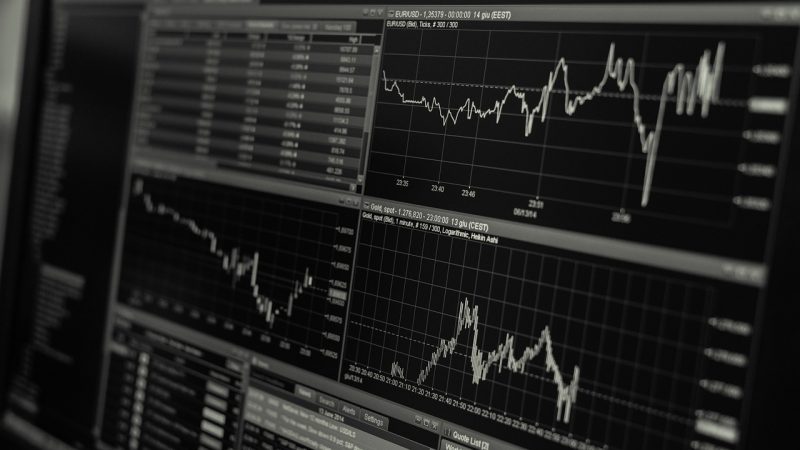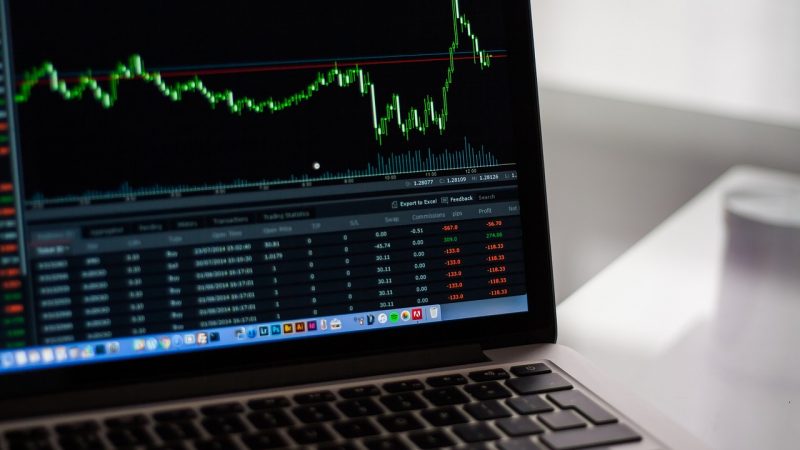U.S. Begins Construction on Its First High-Speed Train

The United States has embarked on a monumental project to build its first high-speed rail line, connecting Las Vegas to California by 2028, with a groundbreaking ceremony that took place this Monday. The ambitious $12 billion project aims to link Las Vegas, Nevada, to Rancho Cucamonga, California—a city 82 kilometers east of Los Angeles—over a 351-kilometer stretch. This line is expected to be operational in time for the 2028 Games, according to Brightline Holdings, the firm responsible for the project, which secured half of the funding from the federal government.
U.S. Secretary of Transportation Pete Buttigieg stated that the high-speed train would create “thousands of union jobs, new connections to better economic opportunities, less traffic, and cleaner air.” This endeavor is set to cut the current four-hour drive through the Mojave Desert between these points in half. The electric trains are projected to serve about eleven million people, or roughly 30,000 daily passengers, based on forecasts shared by Brightline, which won the construction concession in 2019. Currently, there are about 50 million trips made annually between Las Vegas and Southern California, with the vast majority—40 million—via the frequently congested I-15 highway through the Greater Los Angeles area.
Brightline’s chairman Wes Edens disclosed in an interview with the Los Angeles Times that round-trip tickets would be priced around $400. Brightline already operates a similar line in Florida, linking Orlando and Miami (approximately 400 kilometers) in three and a half hours. Their train cars offer amenities such as access to a conference room, Wi-Fi, and a buffet including wine and beer, with one-way tickets costing $149.
The Brightline team has conducted research in the United Kingdom, France, Spain, and Japan to learn from their high-speed rail networks. The Florida train reaches speeds of up to 200 kilometers per hour, whereas the new line between Nevada and California is expected to achieve speeds of up to 300 kilometers per hour, making it the only train in the nation comparable to Japan’s Tokaido Shinkansen, the bullet train.
This project is a key part of President Joe Biden’s major infrastructure package. Last December, the federal government announced its commitment to revitalize the U.S. rail network, which had been largely neglected since World War II when Dwight Eisenhower promoted decrees benefiting the automotive and aerospace industries.
In a stark contrast, last winter Biden announced an investment of $8.2 billion in 10 passenger train lines, marking the largest expenditure since the founding of Amtrak, the national passenger train company, half a century ago. Of this public funding, approximately $3 billion will go towards the Las Vegas-Rancho Cucamonga project. Brightline has also received federal approval to sell $3.5 billion in bonds for construction.
The administration, which has also increased its commitment to clean energy, claims that the train will eliminate hundreds of thousands of trips between the two states, resulting in a reduction of 400,000 tons of carbon emissions. The government also projects that the construction will create about 35,000 temporary jobs and 1,000 permanent jobs once operations begin.
Brightline aims to connect cities that are too close to fly between but too far to drive conveniently. It remains to be seen whether Americans will embrace this new transportation option, especially in the West, where distances are much longer than on the other coast.
In Florida, Brightline reported a loss of $190 million in the first nine months of last year during its operation connecting Miami with Fort Lauderdale and Palm Beach. The Western proposal also faces challenges as the commute from Rancho Cucamonga to downtown Los Angeles can take up to two hours during peak traffic.




